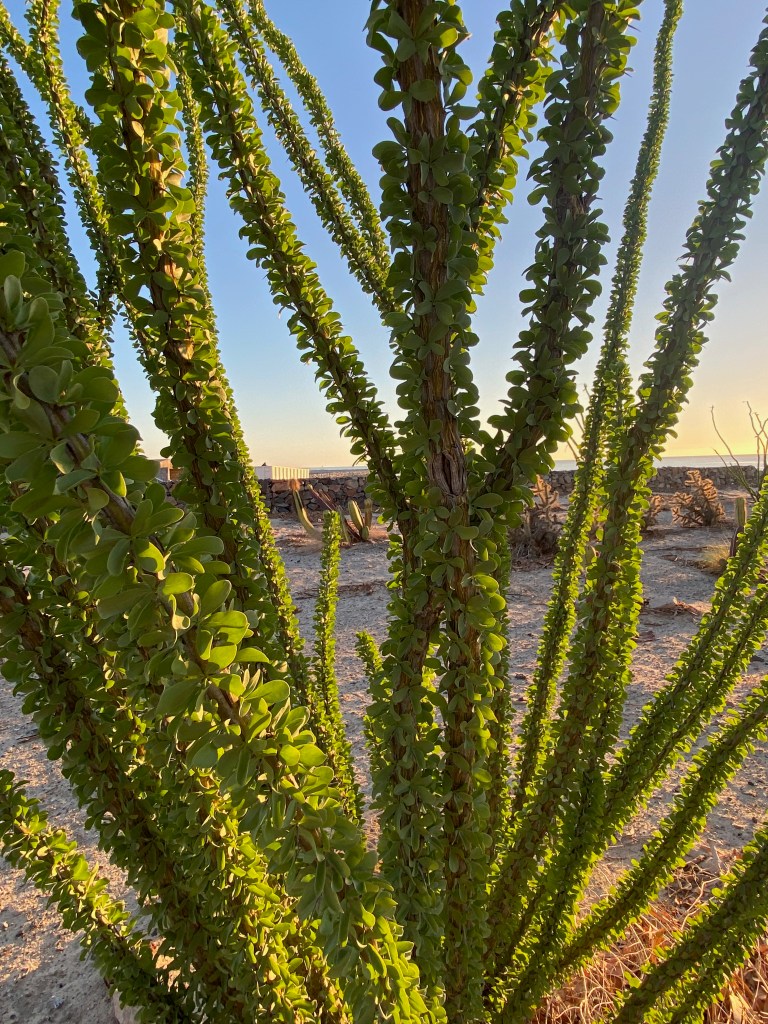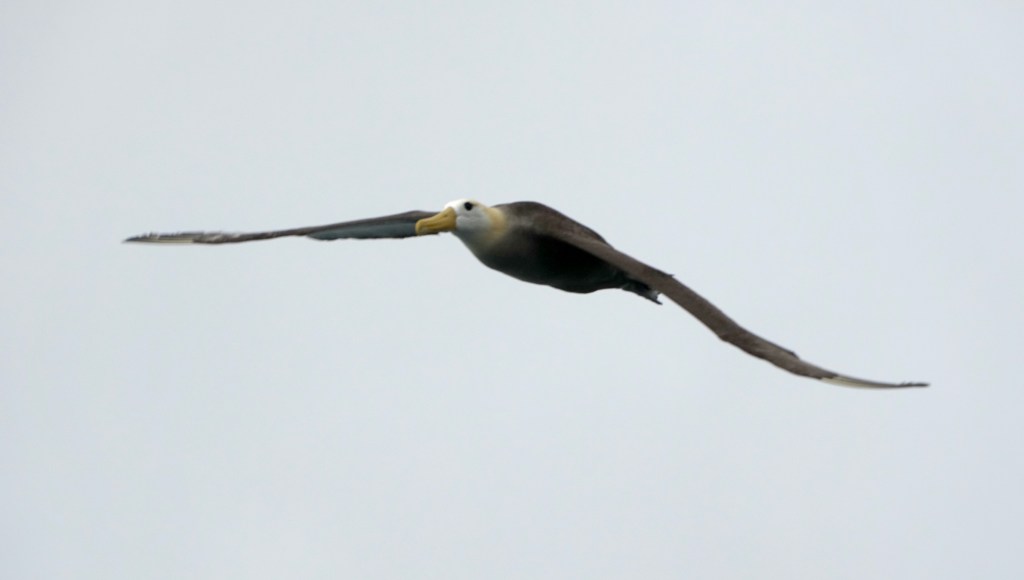
The pintails arrived a few weeks ago, taking up residence in the local mangrove pond. Somehow, they crossed the border without passports or any other form of ID. Just drifted in on winds and chose their winter home. My normally ponderous mind, grabbed hold of the idea of borders, about how they are constructs, power structures, and quite out of step with the innate rhythms of our blue planet.

I harken back to American Indian tribes, who believed that no one owned the land (at least that was what i was taught), that the earth belonged to everyone. Seems the birds have it right. So I ponder and go about my day.
Northern pintails are long, slender ducks with long, narrow wings, earning them the nickname “greyhound of the air.” Pintails are named for their elongated central tail feathers, which constitute one-fourth of the drake’s body length. (Duck’s Unlimited)
They nest in seasonal wetlands, croplands, grasslands, wet meadows, and shortgrass prairies. They forage in nearby shallow wetlands, lakes, and ponds. They spend the nonbreeding season in wetlands, ponds, lakes, bays, tidal marshes, and flooded agricultural fields. (© Timothy Barksdale | Macaulay Library)
Dabbling ducks, they filter out seeds and insects from the surface of the water with their bills. They also waddle at the edges of wetlands and through agricultural fields feeding on grain and insects. They form large groups and readily associate with other ducks during the nonbreeding season.
They can be found on every continent except Antartica, which i suppose means they have a true GLOBAL ENTRY certificate. In any case, I enjoy watching the two pairs, and hope that their mating brings some ducklings to our watery pond.





























You must be logged in to post a comment.